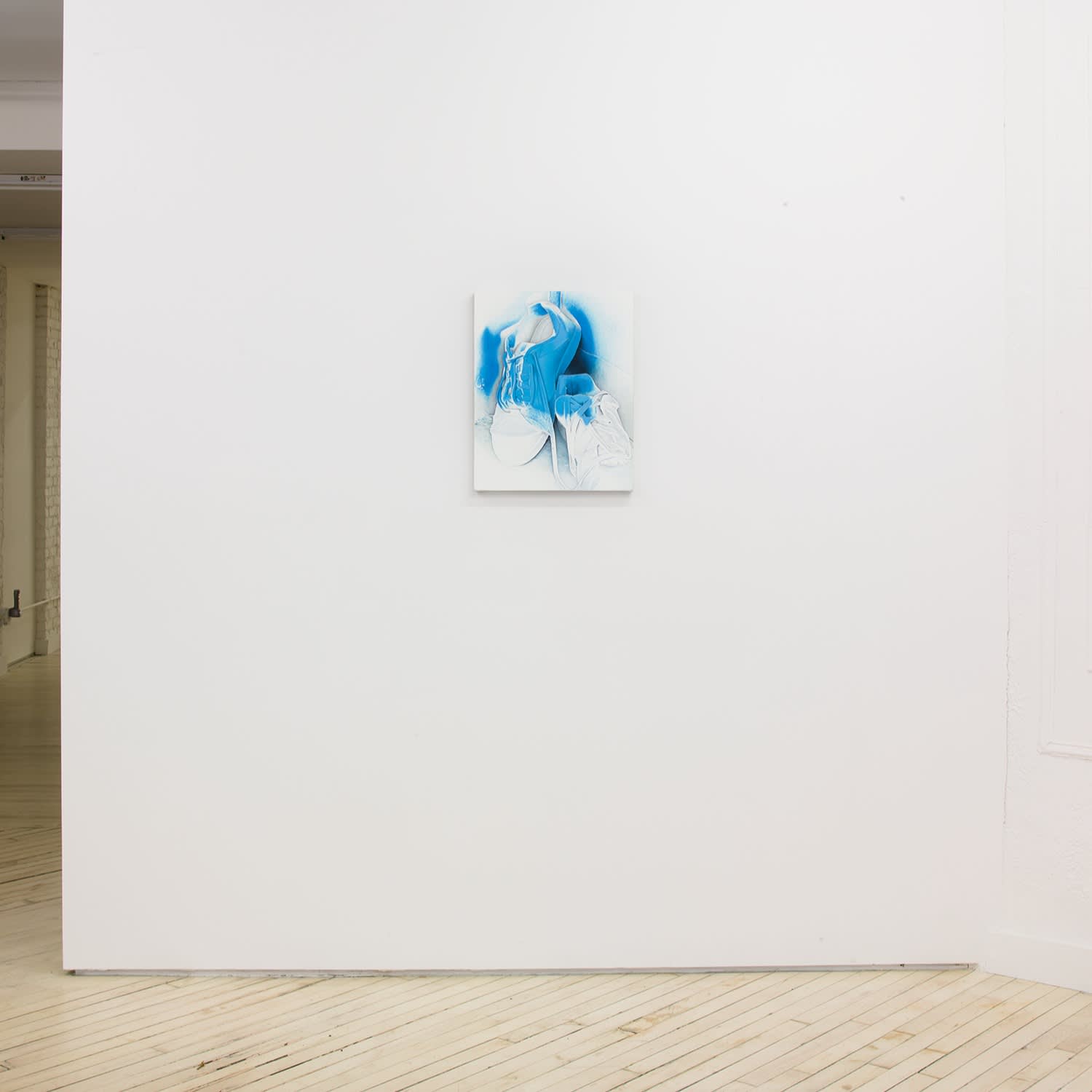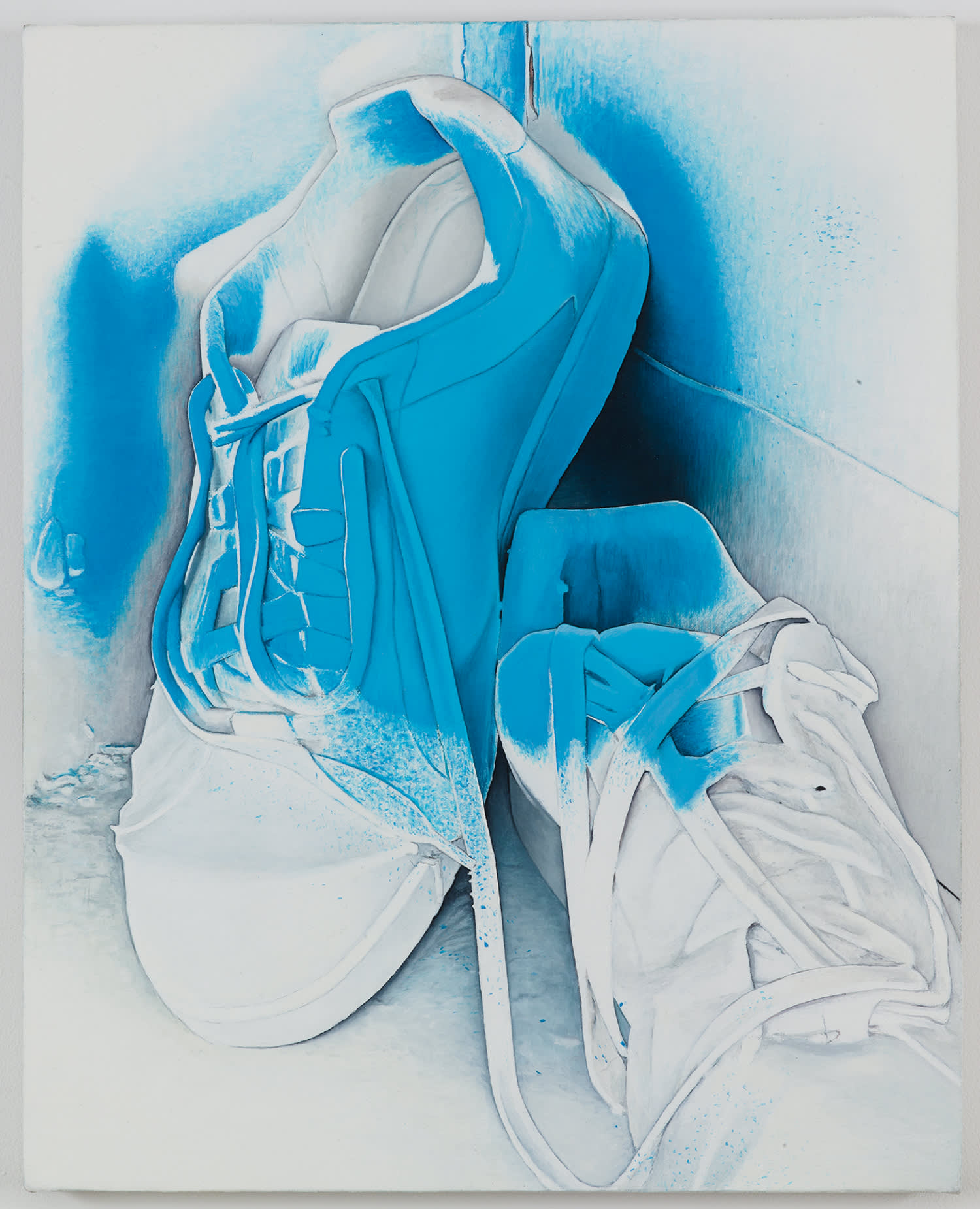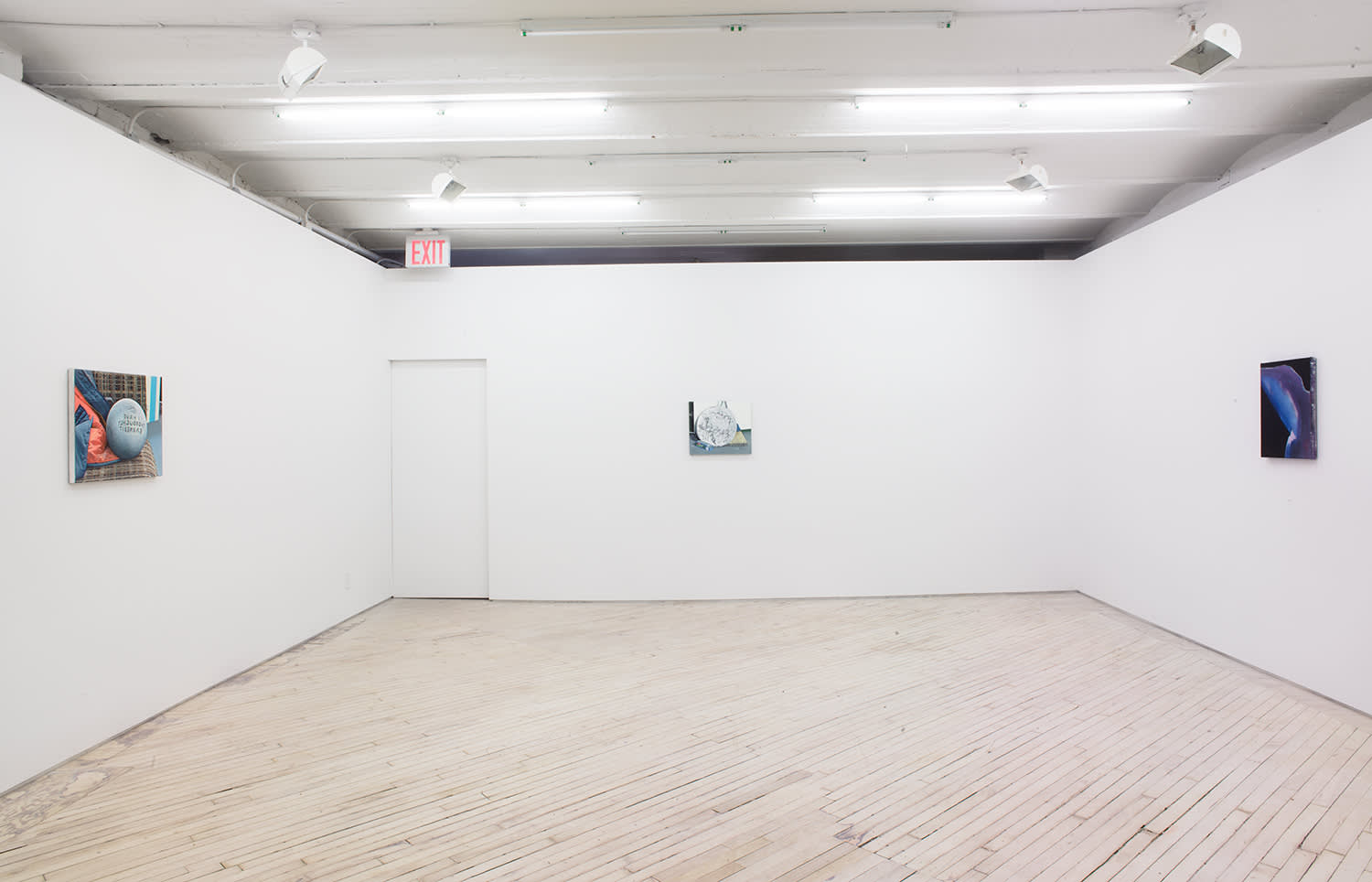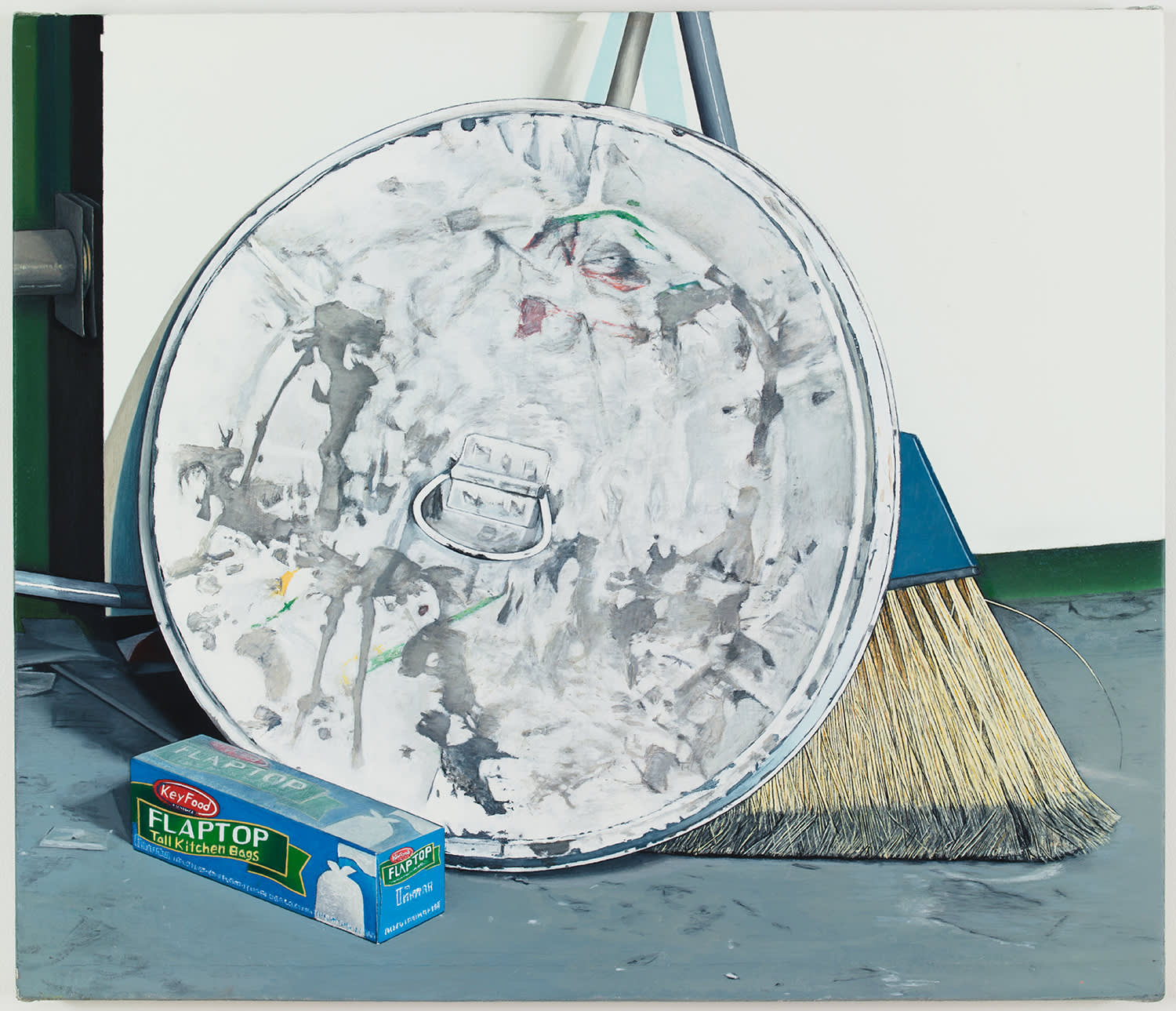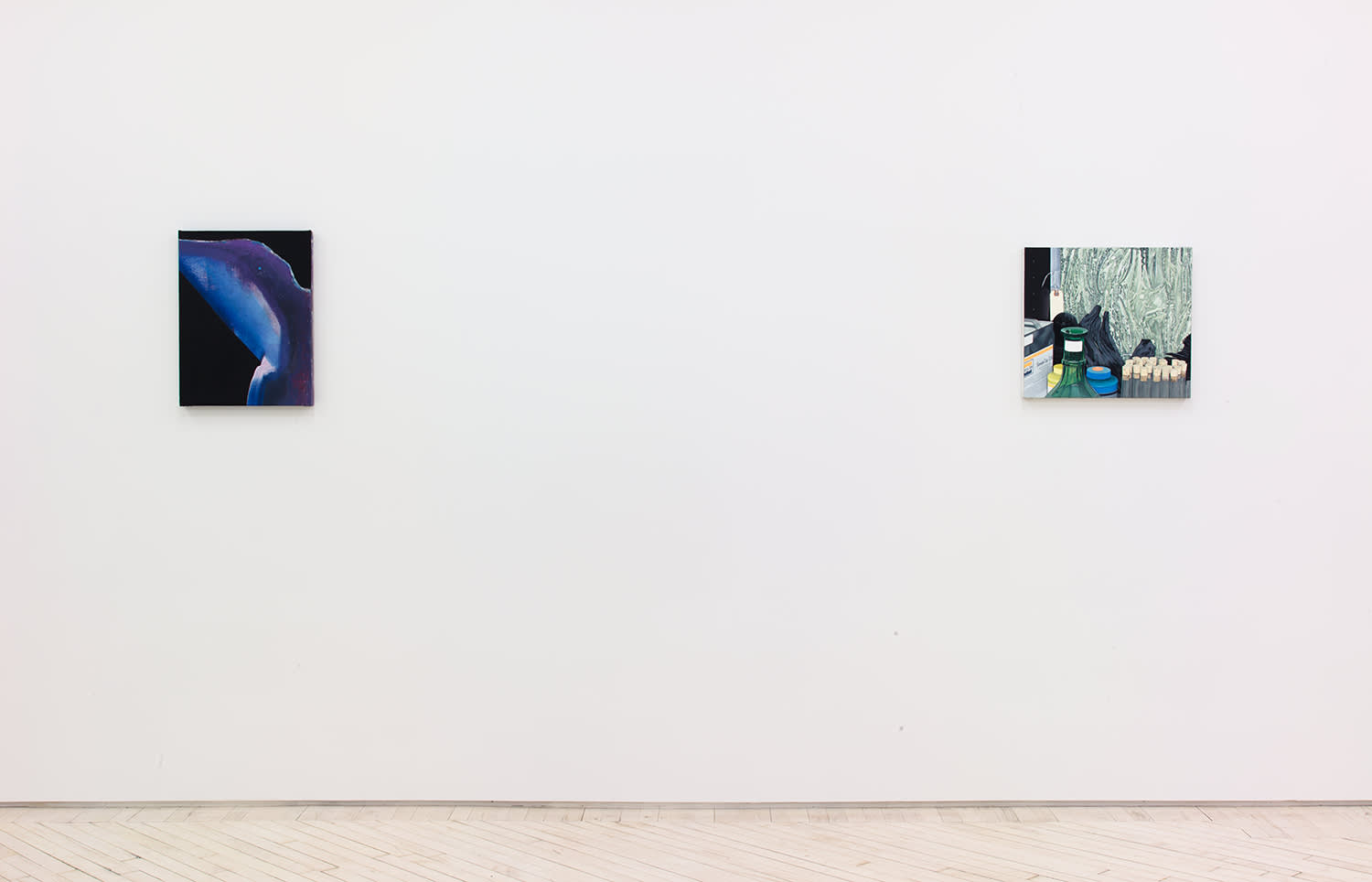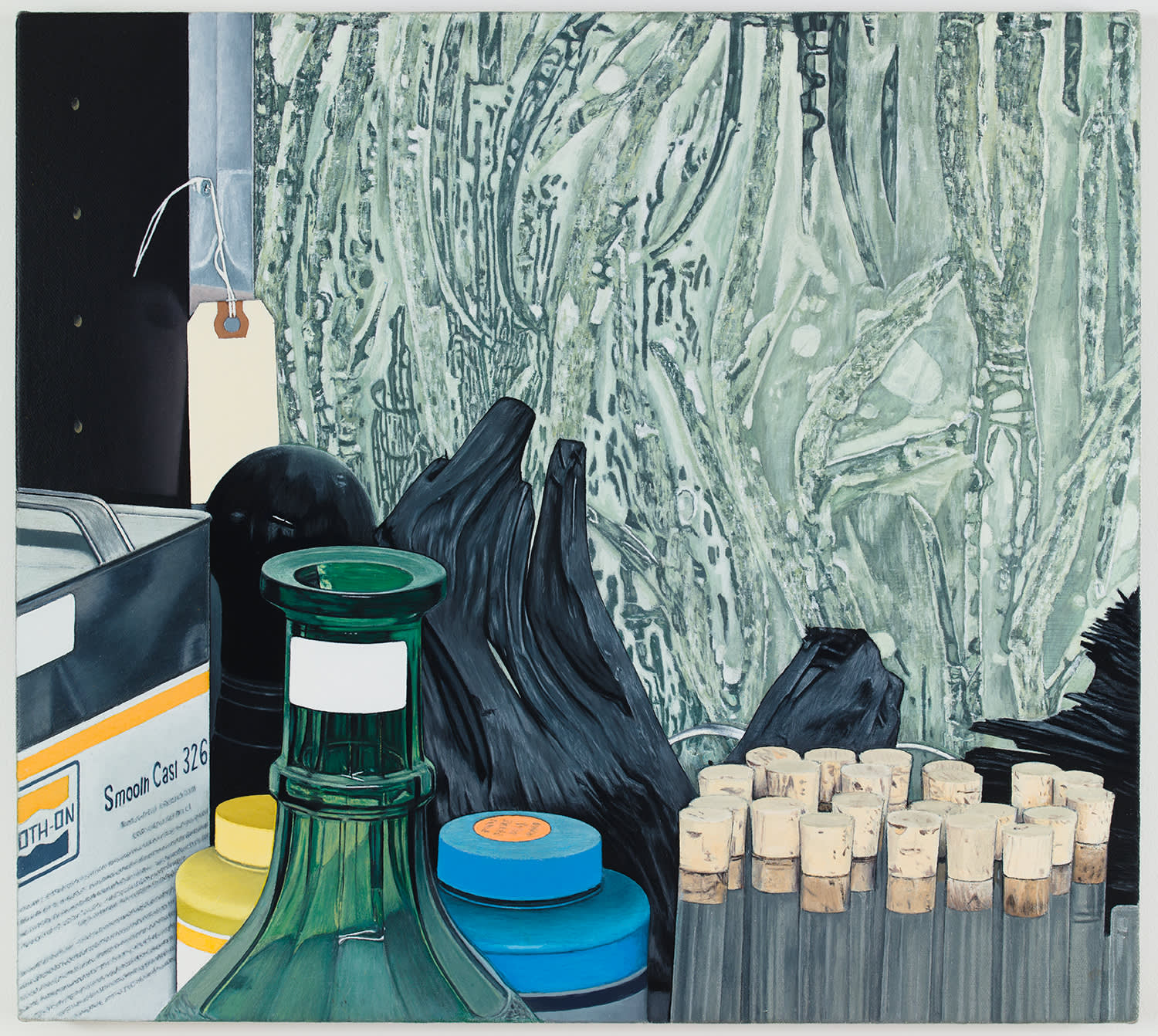Exhibition: Caleb Considine
Caleb Considine March 29 - May 3 2015
While I was working on this group of paintings I tried and quickly discarded one that revealed something to me about my overall practice. One of the paintings that did survive is based on Flaubert's Salammbo, a specific moment of possibly unintentional self-reflection on the masochistic nature of his project, bubbling up and piercing the veil of camp realism. Within the unremitting procession of florid violence that is Salammbo I thought to try my hand at depicting another scene - the crucifixion of Hanno, whose monstrous and mountainous diseased flesh falls in pieces from his corpse on the cross in one of the more heretical images of the human form that I've encountered. More or less as soon as I began the painting and placed it on the wall amongst the others I knew that it was not a good idea. The image of the cross, its sheer iconicity, overpowered whatever it was I had in mind to do in the painting. Why? Are the paintings already drenched in some kind of unspoken iconicity? If they are icons, what of? Like many others, I would count Bellini's St. Francis in the Desert among my favorite paintings in NYC. You don't need to be a Renaissance scholar to understand the painting - that awkward donkey who's not exactly profane, but some kind of emissary for the painting's profound liquidation of hieratic formal order into the rocks, weeds and undergrowth all cast aglow in sacred light. No such redemptive illumination is visited on either the symbolic or banal moments of my slavish renderings. The even glow of equivalence to which we are all still devout subjects, willing or not, has long since outrun its liberatory effects and taken on an inhuman pallor. I marshal sandpaper, razors and turpentine, abrasion and degradation, in the effort to effect a unified atmosphere in my dusty and fluorescent lit studio. These signs of labor distributed across the paintings' surfaces also foreground a broader sense of practice, a kind of studio raumgeist. But for my relative disinterest in the current technophilia in art, the studio has indeed been a 'space of flows' since before I was born - inherently incongruous and bisected by an image world categorically lacking the sort of naturalistic harmony enveloping St. Francis. If the "reality/truth" of a work that Daniel Buren associated not only with the studio but its geographic place once died to be reborn as forgery when installed elsewhere, it is this sense of forgery, and not some idealized privacy of the studio, that today precedes artists' work. I include disjunctive paintings in grouping my work not in order to interrupt, but rather for the opposite reason that they seem to fit easily into what is always already a disrupted space, studio or gallery. These paintings are merely fragments from my life, by turns deeply meaningful or entirely arbitrary, and the order of determination has never been clear to me: if not prized subjects prior to being taken up for a painting, spending the amount of time and energy I require communing with them accomplishes the same. Maybe this aporia constitutes my iconography. -CC, March 2015
Caleb Considine (b. 1982 Los Angeles) lives and works in New York. He received his BFA from Yale University and his MFA in 2008 from Columbia University. Selected solo exhibitions include Essex Street, New York; and Vava, Milan. His work has been included in group exhibitions 'Greater New York', MOMA/PS1, 2010; 'Freak Out' at Greene Naftali, 2013 and 'Bad Conscience' organized by John Miller at Metro Pictures, 2014. This is his first solo exhibition at Bureau.
Photos: Jason Mandella
